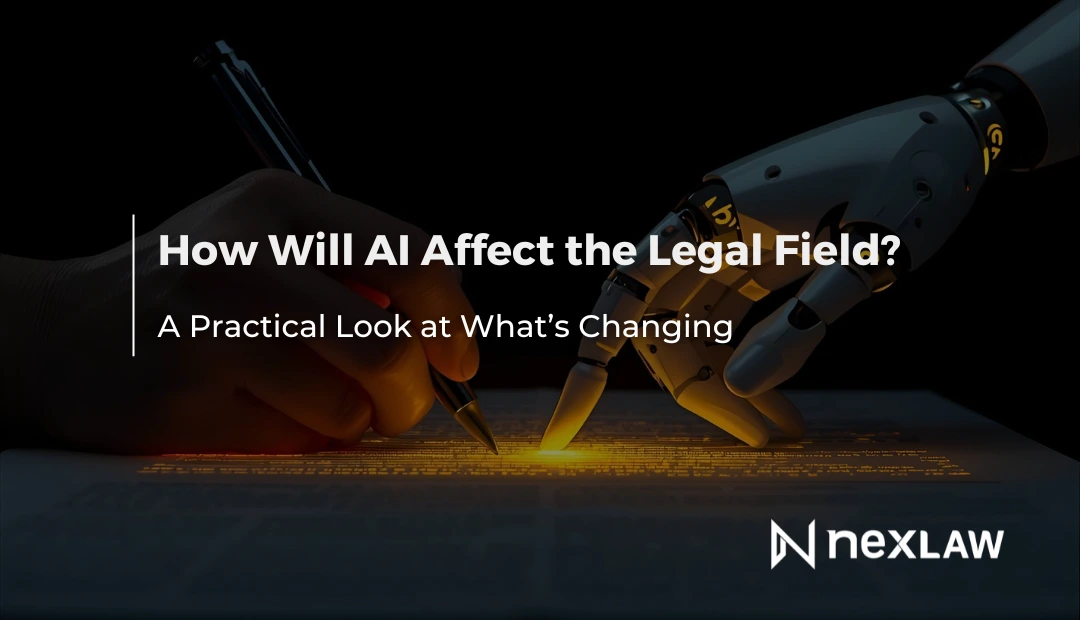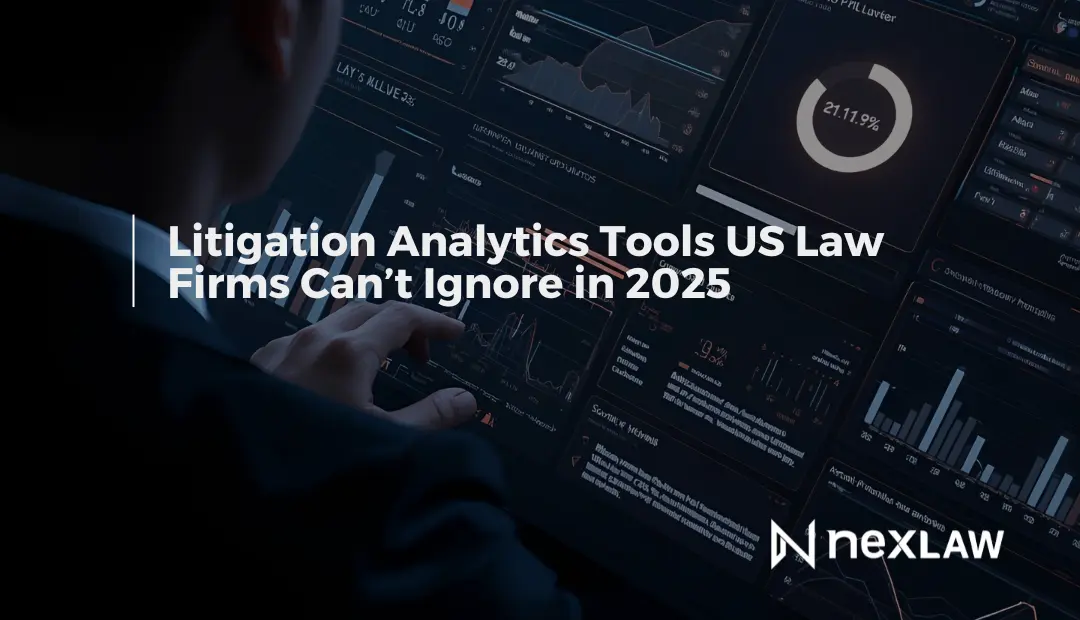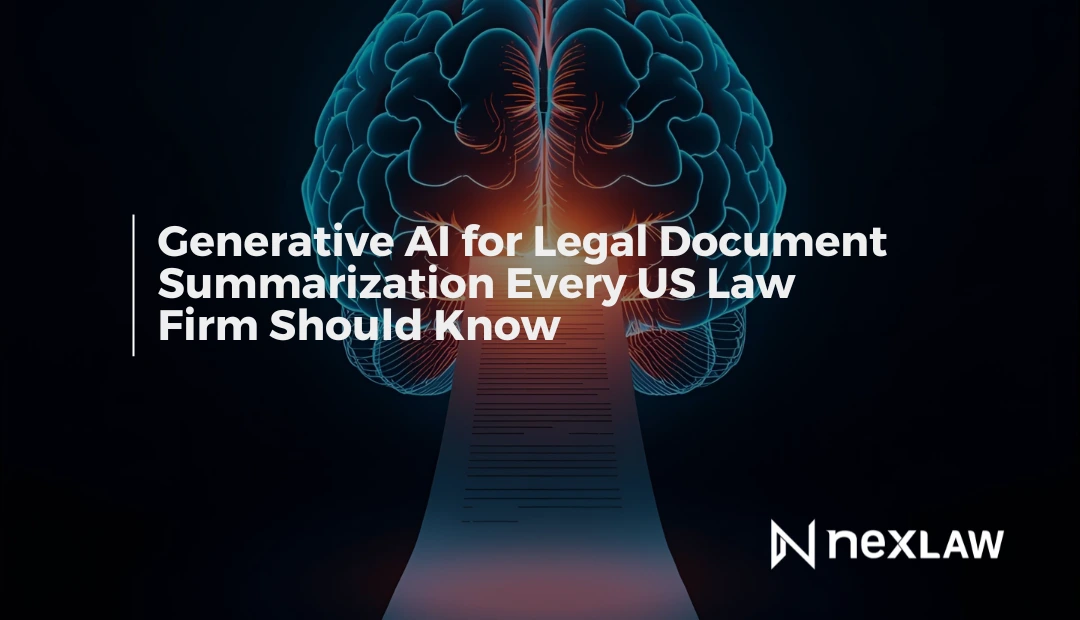How Predictive Analytics Can Make or Break Your Next Case for US Litigators
In today’s litigation environment, even the most skilled trial attorney can be caught off guard without data. While persuasive arguments and case law remain essential, strategic decisions made in the first few days of a matter can determine its entire course.
Unlock Legal Insights Instantly!
In 2025, many US law firms are relying on predictive analytics to make those decisions smarter. With access to motion histories, judge behavior, and outcome trends, litigators are leveraging these tools not just to enhance performance—but to avoid costly errors.
Predictive analytics does not win the case for you. But it may prevent you from fighting one that should have been settled.
The Difference Predictive Analytics Can Make
Let’s compare how a case plays out with and without predictive insights.
Comparison: Litigating With vs. Without Predictive Analytics
| Scenario | Without Predictive Analytics | With Predictive Analytics |
|---|---|---|
| Motion to Dismiss | Filed based on general precedent. Denied. | Tailored to judge’s historical rulings. Granted. |
| Opposing Counsel Prep | Relied on assumptions. Missed tactical patterns. | Analyzed prior case history. Anticipated key moves. |
| Settlement Negotiation | Declined early offer based on gut feeling. | Accepted based on data showing peak settlement window. |
| Jury Instruction Requests | Submitted standard templates. Limited impact. | Used judge’s preferred formats from prior rulings. |
| Client Expectation Management | Overpromised likely outcome. | Delivered realistic probabilities and risk profile. |
Where Predictive Analytics Helps Most
Used effectively, predictive analytics can:
- Forecast motion outcomes based on judge and jurisdiction
- Estimate case duration and potential appeal risks
- Prioritize legal arguments based on historical success rates
- Guide timing and content of settlement offers
- Align internal case strategy with external litigation behavior
- Build more efficient budgets and staffing plans
Ignored or underused, you risk:
- Filing motions that are likely to fail
- Misjudging judge preferences or procedural leanings
- Wasting discovery efforts on low-value issues
- Overestimating value or chances of success
- Damaging client confidence through mismanaged expectations
Real Litigation Examples from 2025
Case Study 1: Motion Strategy Avoids Dismissal
A business litigation team in Atlanta used predictive analytics to evaluate the chances of enforcing an arbitration clause. The data revealed that the assigned judge had previously denied similar motions unless the contract included specific “binding and irrevocable” language.
The team rewrote its strategy, filed a motion for declaratory judgment instead, and ultimately won on procedural grounds, avoiding a public dismissal.
Case Study 2: Forecasting Appeal Risk Saves Time and Resources
In California, an appellate litigator considered challenging a trial court ruling. The analytics tool, trained on over 10,000 state appellate opinions, showed that the grounds for appeal had only a 22 percent success rate. Based on this, the firm advised the client to focus resources elsewhere, avoiding months of unnecessary litigation.
What Predictive Tools Actually Show
Most legal AI platforms now offer predictive dashboards with views such as:
- Judge profiles (ruling patterns, motion timelines, grant/deny ratios)
- Argument success rates by motion type and court
- Document heatmaps and argument structure suggestions
- Appeal likelihood based on issue, venue, and panel history
- Case resolution forecasts by length, phase, and industry
These tools go beyond research. They offer directional strategy based on real data.
Integrating Predictive Analytics into Trial Workflow
At NexLaw, predictive insights are built into the entire litigation pipeline.
ChronoVault 2.0:
- Organizes case documents by event and issue
- Extracts timelines and aligns facts with likely outcomes
- Highlights inconsistencies or strategic opportunities during pre-trial
NeXa:
- Ranks legal precedent by similarity and historical effectiveness
- Offers judge-specific motion drafting suggestions
- Surfaces language patterns that succeeded in past rulings
TrialPrep:
- Aligns trial exhibits and outlines with outcome-based strategy
- Helps structure arguments to match venue trends and historical juror behavior
All three tools work together to support smarter case mapping—before, during, and after trial.
Why It Matters More Than Ever
Litigation is moving faster. Clients want certainty. Legal teams are expected to deliver both strategy and clarity up front. Predictive analytics enables that by giving attorneys access to real-world outcomes—not just precedent.
Litigators in 2025 are using analytics to:
- Justify early case closures
- Support billing estimates with data
- Guide junior associate training with real examples
- Benchmark performance against jurisdictional norms
What used to require instinct and years of experience can now be supported in real time with facts.
Quick Takeaways: What to Know Before You File
Use Predictive Analytics If You Want To:
- Avoid filing doomed motions
- Present more effective arguments
- Win motions earlier, settle sooner
- Reduce case length and costs
- Align expectations internally and with your client
Avoid Overreliance By Remembering:
- Data is not a crystal ball. Use it as one layer of insight.
- Not all jurisdictions have full historical coverage.
- Human analysis still determines what strategy to pursue.
- Tools are best used early, not as a post-loss analysis.
Final Verdict: Insight Is the New Advantage
Litigation is still unpredictable. But it doesn’t have to be blind. With predictive analytics, you gain an understanding of what likely happens next before it happens.
When you file with insight, not instinct, your arguments hit harder. Your motions land better. Your trial prep is cleaner. And your clients trust you more.
Start your 3-day free trial of NexLaw today and see how ChronoVault 2.0, NeXa, and TrialPrep help you eliminate risk, optimize strategy, and deliver results backed by data.






